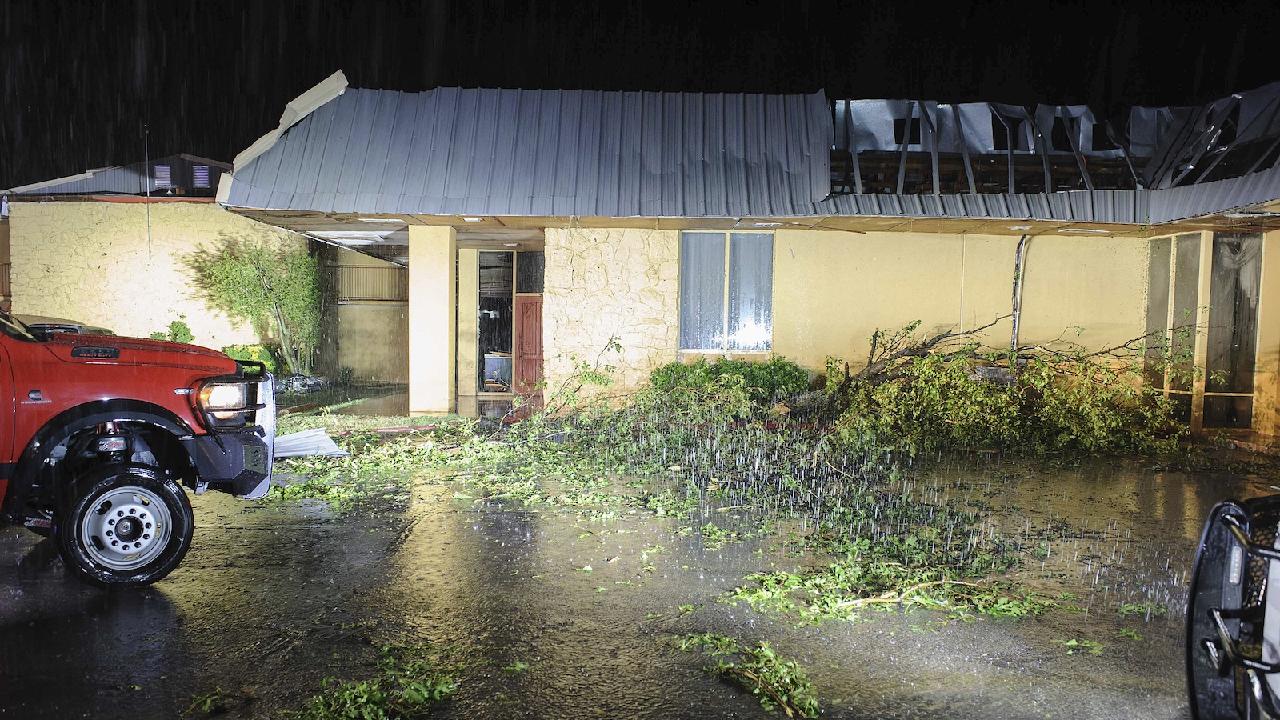Divided Supreme Court allows ‘ghost gun’ rule to take effect
The Biden administration can enforce new restrictions on kits used to make homemade firearms, but a legal challenge will continue.


The Supreme Court voted 5-4 on Tuesday to allow the Biden administration’s regulations on so-called ghost guns to go into effect.
The ruling is a temporary victory for the administration, but a lawsuit challenging the regulations will continue in the lower courts.
Two conservative justices — Chief Justice John Roberts and Justice Amy Coney Barrett — joined with the court’s three liberals to allow the government to begin enforcing the regulations that were celebrated by groups pushing for tighter gun laws. Four other conservative justices dissented.
At issue are kits used to make homemade firearms, which are commonly called ghost guns because they don’t have serial numbers that make them traceable. The Bureau of Alcohol, Tobacco, Firearms and Explosives rolled out regulations on these kits last year that required them to have serial numbers and ordered sellers to keep transaction records and run background checks on buyers.
A company that sells gun parts and pro-Second Amendment groups sued to overturn the rule. They argued that ATF overstepped its authority by broadening the definition of a firearm in the rule. Judge Reed O’Connor, a conservative in the Northern District of Texas, blocked the rule from taking effect nationwide last month. The 5th Circuit Court of Appeals left O’Connor’s ruling in place.
The Biden administration then filed an emergency appeal at the Supreme Court, urging the court to reinstate the rule. Lawyers for the government argued that unassembled “ghost guns” should be treated like guns that come fully assembled.
“Every speaker of English would recognize that a tax on sales of ‘bookshelves’ applies to IKEA when it sells boxes of parts and the tools and instructions for assembling them into bookshelves,” Solicitor General Elizabeth Prelogar wrote in the government’s emergency appeal. “The court’s insistence on treating guns differently contradicts ordinary usage and makes a mockery of Congress’s careful regulatory scheme.”
Attorneys for the challengers countered that, since the gun kits don’t always come with all the parts necessary to make guns, the IKEA analogy doesn’t work.
“A better analogy would be to a ‘taco kit’ sold as a bundle by a grocery store that includes taco shells, seasoning packets, salsa, and other toppings, along with a slab of raw beef,” they argued. “No one would call the taco kit a taco. In addition to ‘assembly,’ turning it into one would require cutting or grinding and cooking the meat — and until that was done, it would be nonsensical to treat it as food and the equivalent of a taco.”
On Tuesday, the court sided with the government, at least for now. The case now returns to the lower courts, where the challengers may continue to press their arguments that the rule is illegal.
Joining Roberts and Barrett in the majority were Justices Sonia Sotomayor, Elena Kagan and Ketanji Brown Jackson. Justices Clarence Thomas, Samuel Alito, Neil Gorsuch and Brett Kavanaugh dissented. As is common with orders on the court’s so-called shadow docket, neither the majority nor the dissenters explained their reasoning.
Supporters of stricter gun laws praised the ATF rule when it was rolled out last year. “This final rule would shutter many of the ghost gun companies that flooded the market with untraceable ghost guns intentionally designed to evade regulation,” said an Everytown for Gun Safety fact sheet.
ATF received more than 45,000 reports from 2016 to 2021 of suspected “ghost guns” recovered by law enforcement officials, including almost 700 in homicide or attempted homicide investigations, according to a DOJ statement. Ghost guns are “difficult to trace and easy to acquire by criminals,” that statement added.












